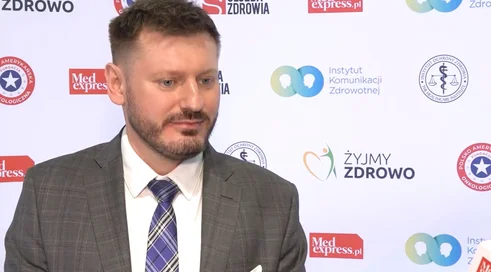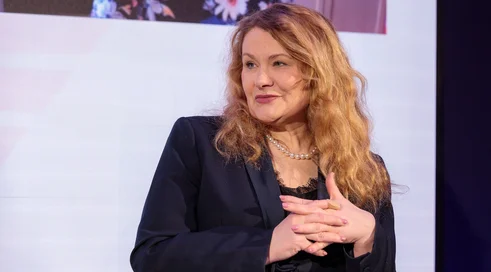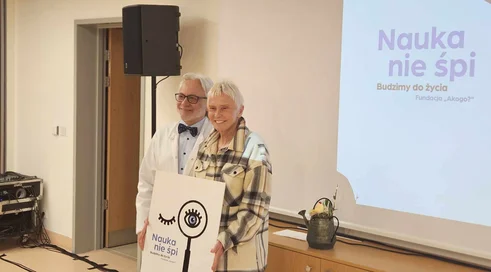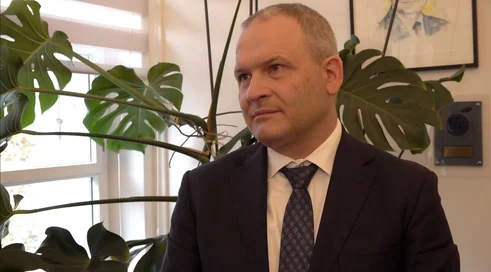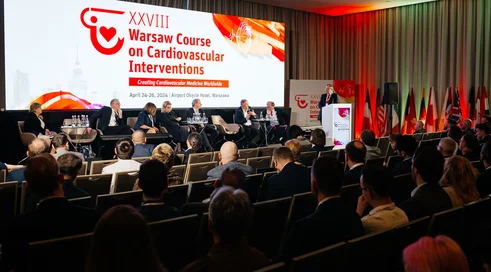The importance of cost measurement in the health care system has been growing in recent decades. By estimating the direct and indirect costs of diseases, better decisions can be made about how to spend public money to treat them.
Social Security counts
The Social Insurance Institution's expenditures on social insurance disability benefits have been increasing in recent years. In 2021, compared to 2020, they increased by nearly PLN 2 billion.
However, the share of spending on disability benefits in total spending is gradually declining. In 2017, they accounted for 40%, and in 2021. - 31,0%. The number of recipients of disability benefits is also decreasing. At the same time, the share of expenditures for sickness absence, paid by Social Security and from workplace funds, is increasing significantly.
Prof. Gertruda Uścińska, president of the Social Insurance Institution, said that last year 6.7% more sick leaves were issued compared to the previous year. Instead, the reason for layoffs has not changed over the years - diseases of the skeletal-muscular system, pregnancy, childbirth, puerperium, diseases of the respiratory system, injuries and poisoning. - During the pandemic period, mental disorders jumped into the top five, then dropped to seventh place. But last year they were again in fifth place," the Social Security president pointed out. She pointed out that middle-aged people are the most frequent users of sick leave. - Contrary to appearances, absenteeism among people 50+ and 60+ is not higher, she stressed. She added that prevention, modern methods of diagnosis and treatment, and rehabilitation result in lower expenses for Social Security.
Unmet needs in breast cancer treatment
Prof. Barbara Radecka, head of the Oncology Clinic with Day Episode at the Opole Oncology Center, reminded that breast cancer is still the most common malignant tumor in women and the leading cause of cancer deaths among women of working age. Therefore, optimization of breast cancer treatment strategies should remain one of the priorities of the Polish health care system. The expert reported that new drugs have recently entered reimbursement, and the number of patients receivi...
Content locked
To gain access to the complete English section of the Medexpress.pl, kindly reach out to us at [email protected].







